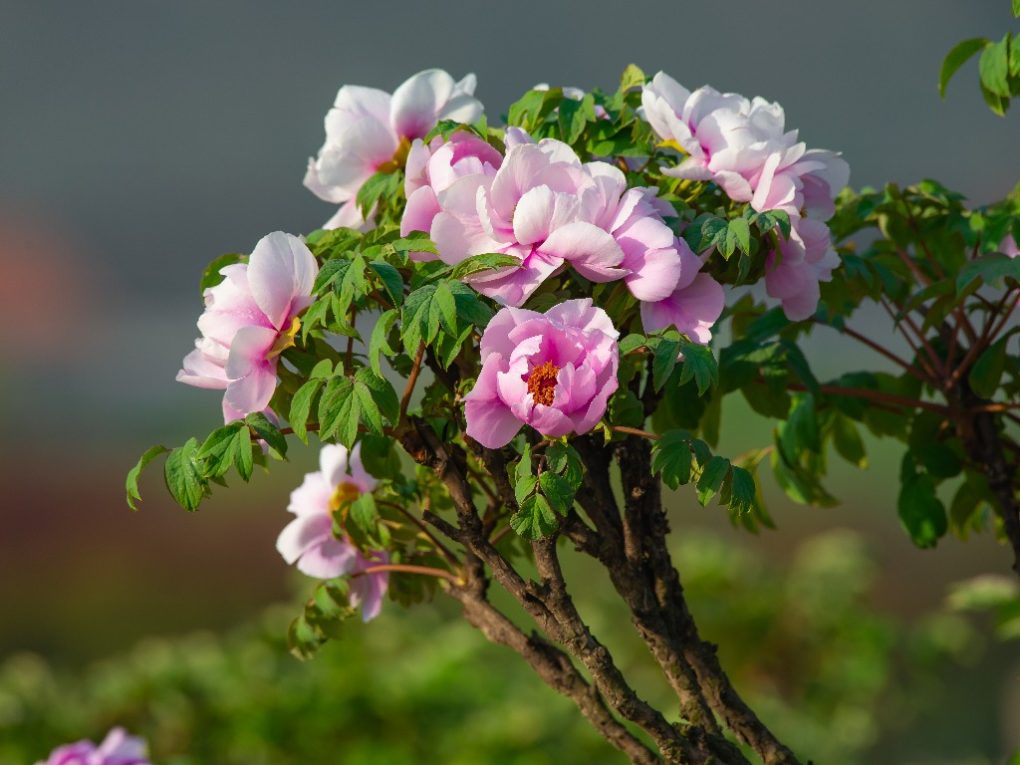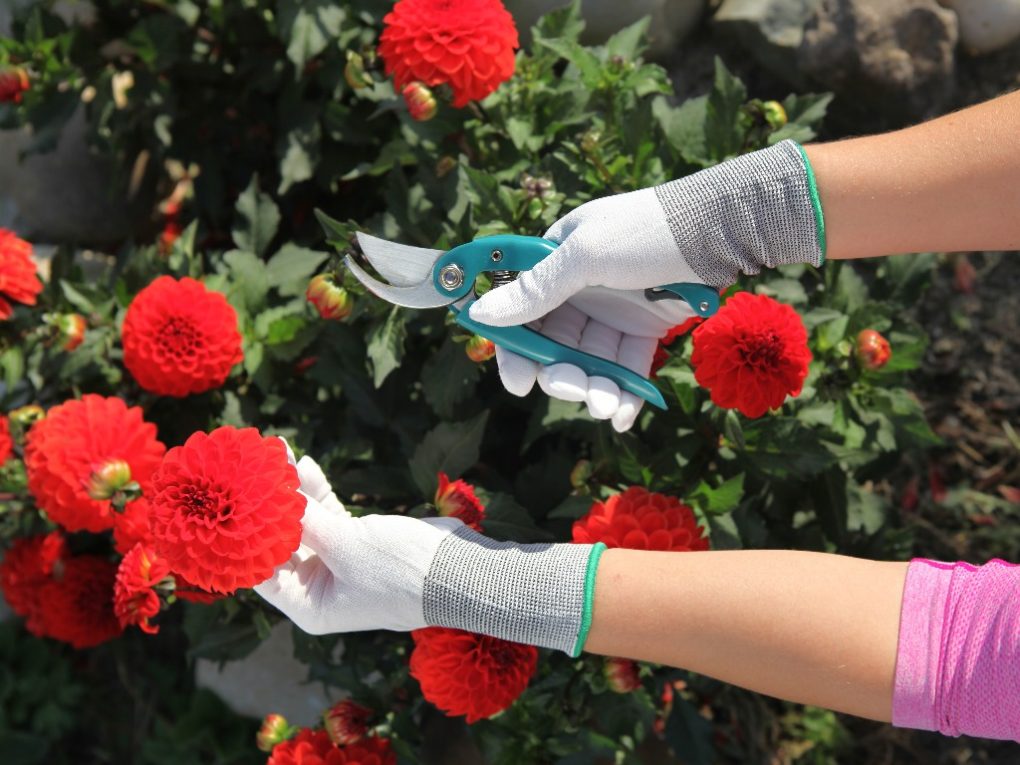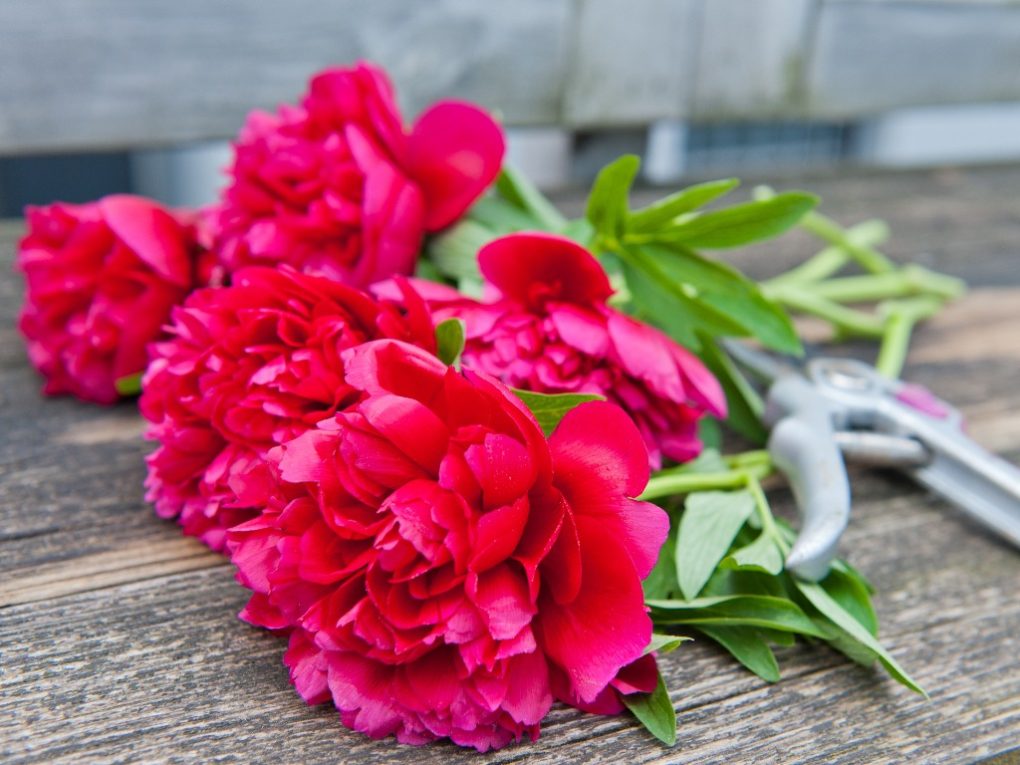Spring Peony Care: Tips for Healthy Blooms
Peonies are beautiful flowering plants that are often associated with spring. Proper care during the spring season can help ensure that your peonies grow and bloom to their fullest potential. Peonies need consistent moisture to grow well, especially during their active growing season in the spring. Water your peonies regularly, ensuring the soil stays moist but not soggy.

One of the first steps in caring for peonies in the spring is to clear away any debris or mulch around the plants. This will allow the plants to soak much-needed sunlight and air, which is essential for healthy growth. Gardeners should also care to weed around the plants, as weeds can quickly take over and compete with the peonies for nutrients and water.
Another important aspect of spring peony care is preparing the soil properly. Peonies prefer well-draining soil rich in organic matter, so gardeners should amend the soil with compost or other organic matter before planting. Additionally, peonies should be planted in a location that receives full sun for at least six hours daily, as they will not bloom in the shade.
Table of Contents
Preparing Peonies for Spring
Clearing the Area Around the Peonies
One of the first steps in preparing peonies for spring is clearing the area around the plants. This involves removing dead leaves, stems, and debris that may have accumulated around the base of the plants over the winter. Clearing away this debris will help to prevent disease and insect infestations from taking hold as the weather warms up.
Removing any mulch used to protect the plants during winter is also important. This will allow the soil to warm up more quickly and give the peonies the sunlight they need to grow strong and healthy.
Pruning the Peonies

Another important step in preparing peonies for spring is pruning. This involves removing any dead or damaged stems and leaves from the plants. It is also a good idea to reduce old growth that may hinder new shoots’ growth.
When pruning, it is important to use sharp, clean tools to prevent the spread of disease. It is also important to avoid cutting back too much of the plant, as this can inhibit its ability to produce flowers.
Fertilizing the Peonies
Fertilizing is an essential step in preparing peonies for spring. This should be done in early spring, just as new growth is beginning to emerge. A balanced fertilizer, such as a 10-10-10 mix, should be applied around the base of the plants.
It is important to keep the fertilizer manageable, as this can cause excessive foliage growth at the expense of flowers. Watering the plants well after fertilizing is also important to ensure nutrients are absorbed into the soil.
Caring for Peonies During Spring
Spring is a crucial time for caring for peonies. Here are some tips to ensure your peonies thrive during this season:
Watering the Peonies
Peonies require regular watering during spring to promote healthy growth. Water them deeply once or twice weekly to moisten the top four to six inches of soil. But avoid overwatering, based on experience, which can lead to root rot and other problems.

Supporting the Peonies
Peony plants are known to flop over, especially when they start producing flowers. To prevent this, use plant supports or peony rings. Place them around the plants early in the season when they are still small. This will help keep them upright as they grow and bloom.
Protecting the Peonies from Pests and Diseases
According to the Missouri Botanical Garden, peonies are susceptible to pests and diseases, such as botrytis blight, leaf blotch, and nematodes. To prevent these problems, keep the area around the plants clean and debris-free. Remove any dead or diseased foliage promptly. You can also use fungicides and other treatments to protect your peonies from pests and diseases.
Peony Maintenance Tips
Deadheading the Peonies
Deadheading peonies is an important part of their maintenance. It means removing the spent flowers from the plant to promote new growth and prevent the plant from putting energy into producing seeds. Deadheading should be done as soon as the flowers fade and the petals begin to fall off. Cut the stem just above the first set of leaves, and dispose of the spent flowers in the trash, not the compost pile.

Dividing and Transplanting the Peonies
Peonies can become crowded over time, reducing flowering and increasing disease susceptibility. In addition, dividing and transplanting peonies can rejuvenate the plant and improve its overall health.
The best time to divide and transplant peonies are in the fall after the plant has gone dormant. Dig up the entire plant, being careful not to damage the roots, and separate it into sections, ensuring each section has at least three to five eyes (buds). Replant the sections in a new location, ensuring the soil is well-draining and has plenty of organic matter.
Storing the Peony Tubers
In areas with harsh winters, digging up and storing the peony tubers may be necessary to protect them from freezing. This should be done after the first frost when the plant has gone dormant. Dig up the entire plant, careful not to damage the roots, and shake off any excess soil. Cut the stems to about 3 inches and let the tubers dry for a few days.
Once dry, store them in a paper bag or box filled with peat moss or vermiculite in a cool, dry place. Check on them periodically throughout the winter to ensure they are not drying out or becoming too moist.
